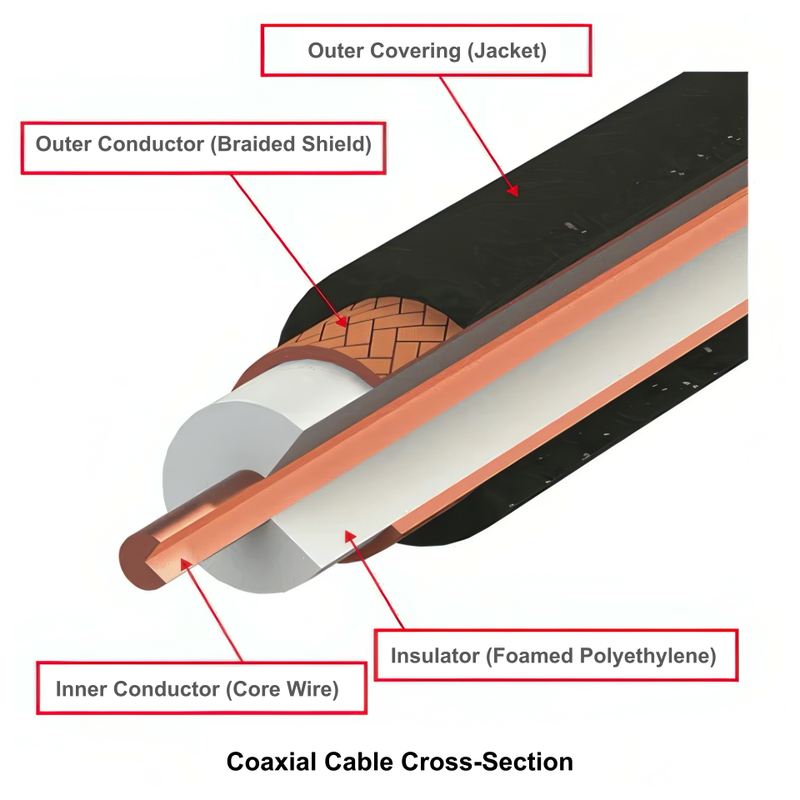Coaxial Knowledge Base
Summary
Explore the Tyclon Coaxial Knowledge Base to discover essential and advanced insights about coaxial cables, connectors, and assembly techniques. Find detailed summaries and links to in-depth guides on coaxial cable types, standards, DIY tutorials, and more!
What Are RF Coaxial Connectors?
What Are RF Coaxial Cables?
A RF coaxial cable transmits radio frequency (RF) signals with minimal interference. Its structure—central conductor, insulation, shielding, and outer jacket—ensures efficient high-frequency transmission. Features include an unbalanced connection, limited electromagnetic leakage, and flexibility. Without specified impedance, it might be termed "shielded wire." Connectors vary based on frequency band and impedance requirements.
Custom Order Delivery Process
We offer total customization, including changes to the shape and length of the entire product or a part of it, as well as the material, surface treatment, and package. In addition, regardless of high-frequency coaxial connectors, we will manufacture products of various shapes, such as machined parts with surface treatment.
High Frequency Coaxial Connectors
High frequency coaxial connectors are specialized RF connectors designed to transmit signals with minimal loss at microwave and millimeter-wave frequencies. These connectors typically operate from 18 GHz up to 110 GHz, making them ideal for advanced communications, measurement, and radar applications.
Lead Free Connectors
Lead is harmful to the human body and the environment.
Environmental regulations such as the RoHS (Restriction of Hazardous Substances) and ELV (End of Life Vehicles) directives are increasingly being adopted worldwide.
In addition, the social responsibility of companies is increasing, such as the Sustainable Development Goals (SDGs) to be achieved by 2030 that were introduced at the 2015 United Nations Sustainable Development Summit.
To contribute to these efforts, Tyclon has embarked on the development of lead-free connectors.









